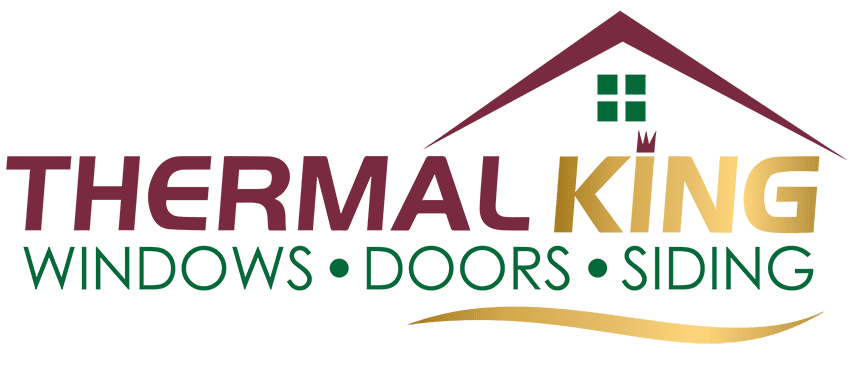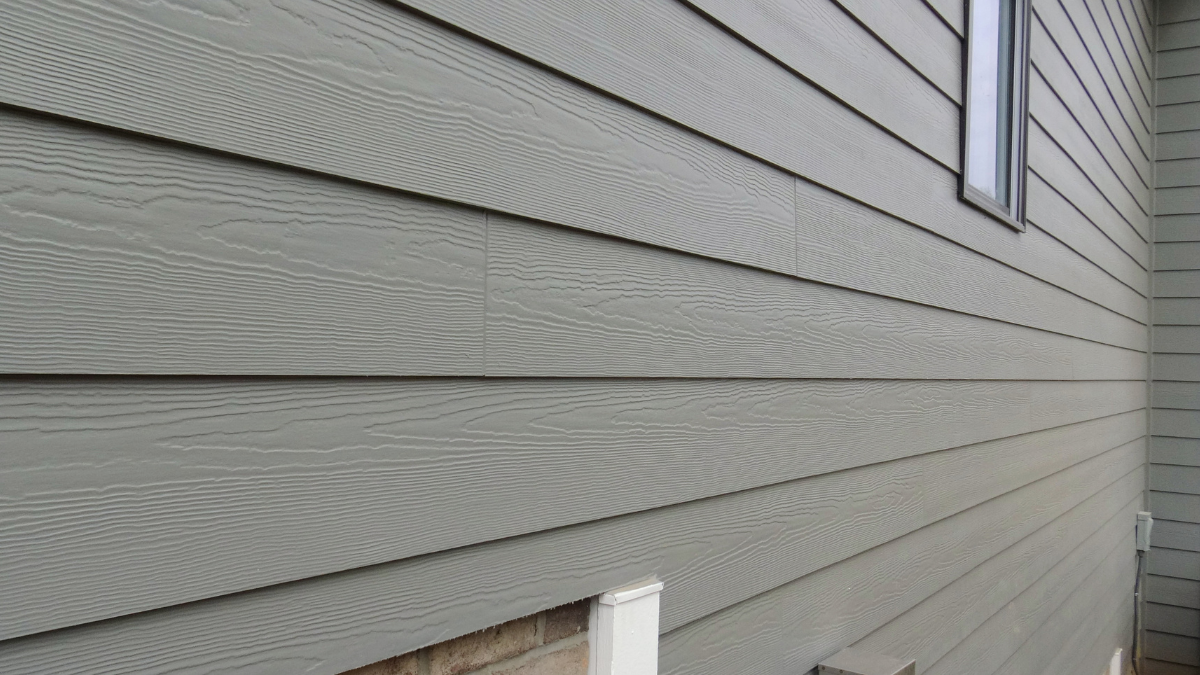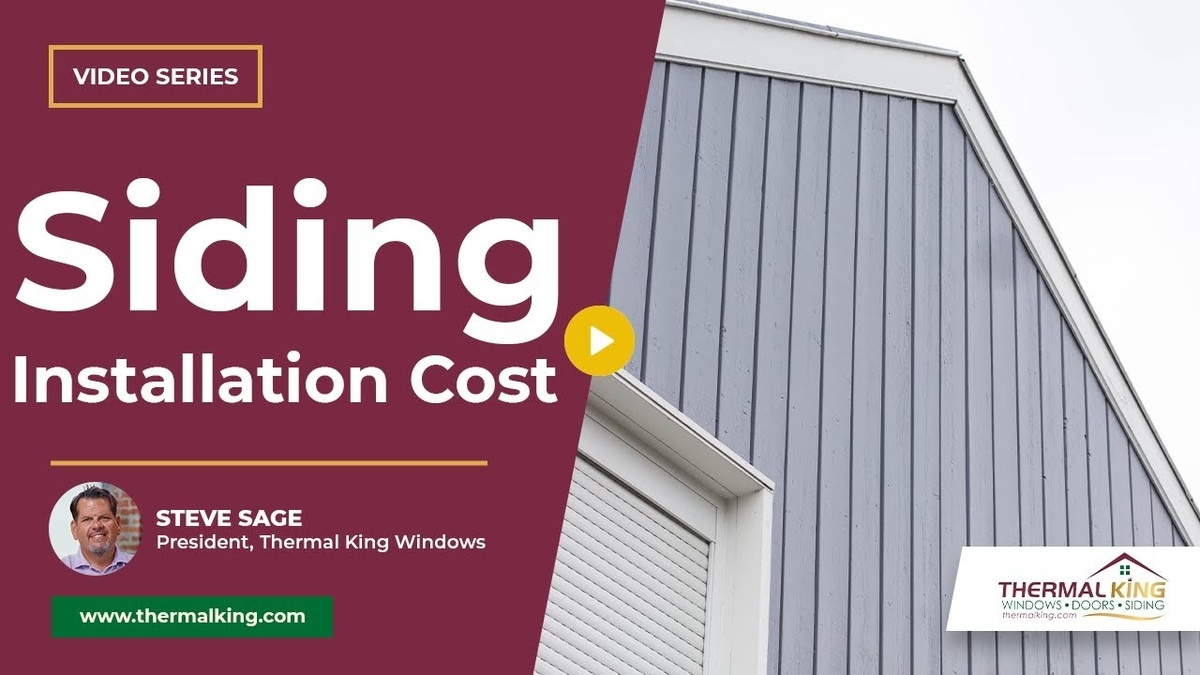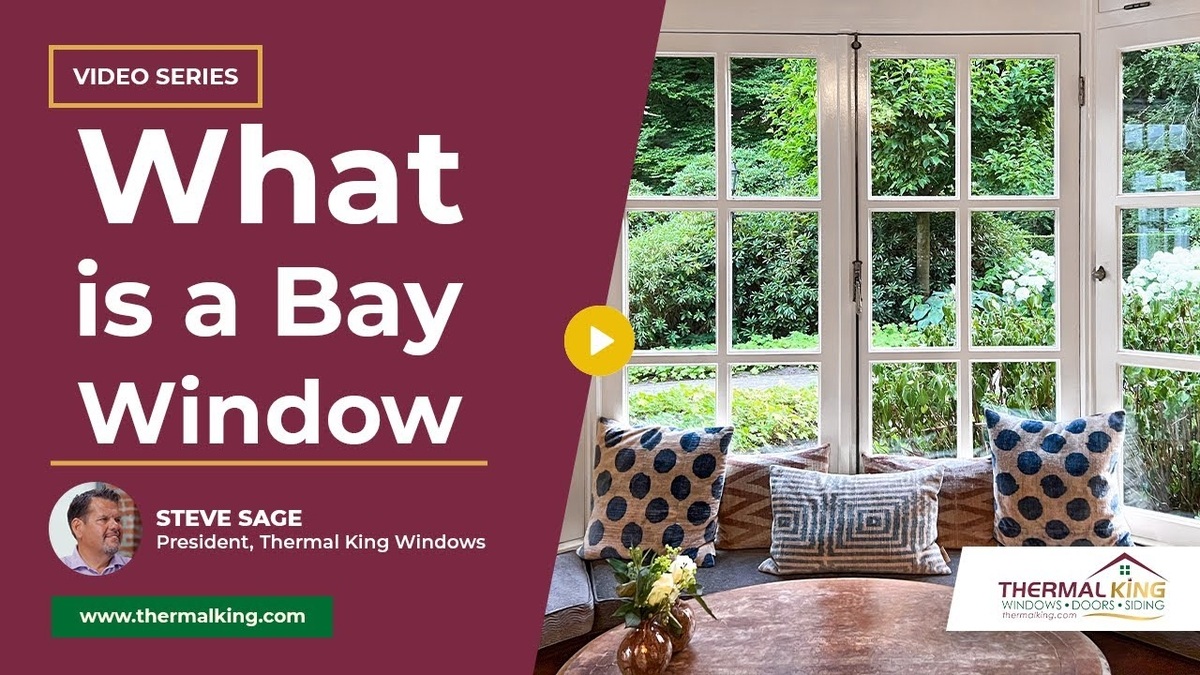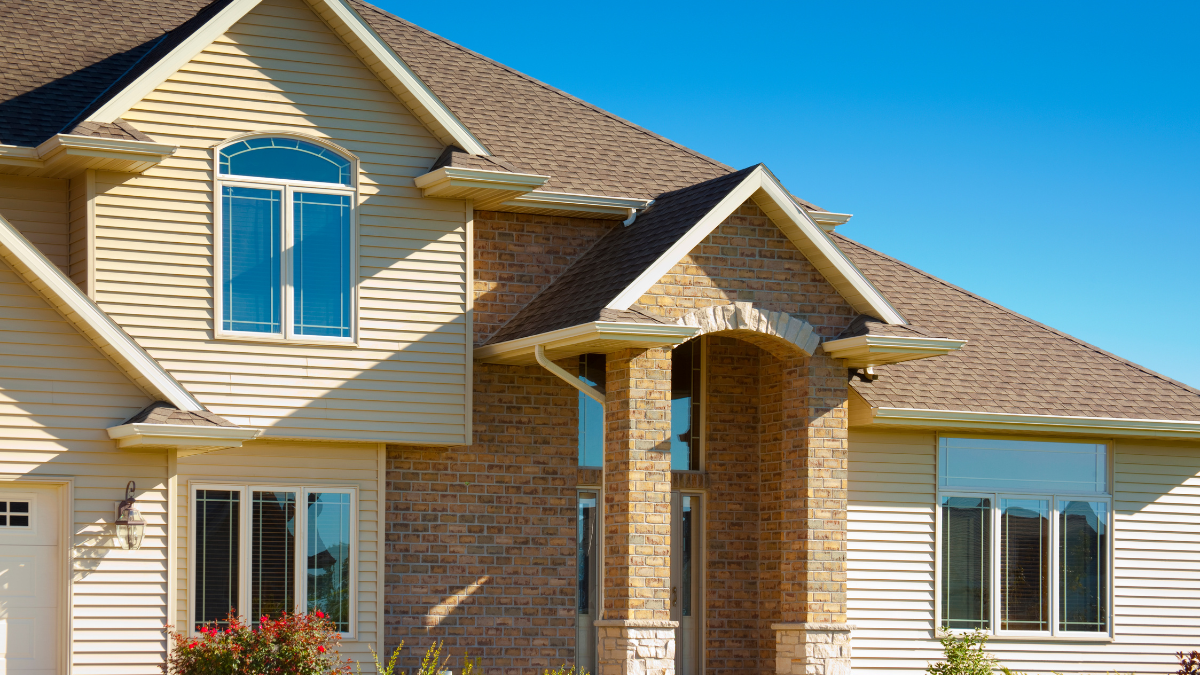When the time comes to replace your home’s siding, you have many options. From brands, materials, colors and styles – the choices can feel overwhelming.
Board and batten siding is a popular choice for homeowners looking to add a touch of rustic charm to their homes. This style of siding has been around for centuries and continues to be a popular choice for both traditional and modern homes.
Thermal King Windows has helped thousands of Overland Park and Kansas City homeowners navigate their window and siding replacements. In this article, we will explain what board and batten siding is, its history, the different styles and designs available, the materials used, the installation process, and how to maintain and ensure its durability.
Understanding the Basics of Board and Batten Siding
Definition and History of Board and Batten Siding
Board and batten siding consists of wide vertical boards, known as boards, and narrower strips of wood, called battens, which are placed over the gaps between the boards. This combination creates a distinctive pattern that adds visual interest to the exterior of a home.
The history of board and batten siding dates back to medieval times when it was commonly used in the construction of barns and other agricultural buildings. The style eventually gained popularity among homeowners and can now be seen on a variety of architectural styles, from traditional cottages to contemporary homes.
Interestingly, the vertical orientation of board and batten siding is not only an aesthetic choice but also serves a functional purpose. The vertical boards help direct water away from the structure, providing an added layer of protection against the elements. This design feature has contributed to the longevity and durability of board and batten siding over the centuries.
Key Components of Board and Batten Siding
When it comes to board and batten siding, there are several key components to consider. The boards, which are the wider vertical pieces, serve as the main structural elements of the siding. These boards can be made of various materials, including wood, vinyl, or metal, which we will explore in more detail later in this guide.
In between the boards, you will find the battens. These narrower strips of wood act as decorative elements and also serve to cover the gaps between the boards, providing protection against the elements. The size and spacing of the battens can vary, allowing for a range of different design options.
Additionally, another important component of board and batten siding is the trim. Trim pieces are used to frame the edges of the siding, providing a finished look and helping to seal the joints between the boards and battens. Trim can be customized to match the overall style of the home, adding a cohesive and polished appearance to the exterior.
The Aesthetics of Board and Batten Siding
One of the reasons why board and batten siding remains popular is its versatility in terms of styles and designs. Whether you prefer a traditional look or a more contemporary feel, there is a board and batten siding style to suit your preferences.
For a classic look, you might opt for a symmetrical design with evenly spaced battens. This design harkens back to the historic roots of board and batten siding and can give your home a timeless appeal. Alternatively, you can create a modern twist by varying the width and spacing of the battens, resulting in a more dynamic and visually striking appearance.
Choosing the Right Color for Your Siding
Color choice plays a significant role in the overall aesthetic of your home. When selecting the color for your board and batten siding, it’s essential to consider the architectural style of your home and the surrounding environment.
For a timeless and traditional look, natural wood tones, such as cedar or redwood, can be a great choice. These warm and inviting hues can complement a variety of architectural styles, from farmhouse to cottage. If you prefer a more contemporary feel, bold and contrasting colors, like charcoal gray or navy blue, can make a statement and give your home a modern edge. Just remember to consider the longevity of the color and how it may age over time.
Material Options for Board and Batten Siding
When it comes to choosing the right material for your board and batten siding, there are several options to consider, each with its own set of pros and cons. In addition to wood, vinyl, and metal siding, fiber cement is another popular choice that combines the durability of cement with the appearance of wood.
Fiber Cement Siding: Pros and Cons
Fiber cement board and batten siding offer excellent resistance to rot, fire, and insects, making it a low-maintenance and long-lasting option for homeowners. It is available in a variety of textures, including smooth and wood grain finishes, allowing for a customized look that mimics the natural beauty of wood. Fiber cement siding may be slightly more expensive due to the specialized materials needed for installation, but it’s important to weigh the cost against the long term benefits.
Vinyl Siding: Pros and Cons
For homeowners looking for a low-maintenance and cost-effective option, vinyl board and batten siding may be the ideal choice. Vinyl siding is easy to install and requires minimal upkeep, as it does not need to be painted or stained. It is also available in a wide range of colors and styles, including options that mimic the look of wood or other materials. While vinyl siding is durable and resistant to rot and insects, some homeowners may prefer the authenticity and natural beauty of real wood.
Metal Siding: Pros and Cons
Another durable and long-lasting option for board and batten siding is metal. Metal siding is known for its strength and resilience, offering protection against harsh weather conditions and potential damage. It is also a sustainable choice, as metal siding can be recycled at the end of its lifespan. Some manufacturers even offer metal panels with a wood grain finish, providing the aesthetic appeal of wood without the maintenance requirements. However, metal siding may come at a higher cost compared to other materials, and some homeowners may find it lacks the traditional charm and warmth of natural wood siding.
Maintenance and Durability of Board and Batten Siding
Cleaning and Upkeep Tips
To maintain the appearance and durability of your board and batten siding, regular cleaning and upkeep are necessary. Depending on the material used, the cleaning method may vary. However, in general, a mixture of mild detergent and water can be used to remove dirt and debris. Avoid using abrasive cleaners or harsh chemicals as they may damage the siding.
When it comes to cleaning, it’s important to pay attention to the nooks and crannies of the board and batten siding. These areas can often accumulate dirt and grime, which can not only affect the appearance but also lead to potential damage if left unattended. Using a soft-bristle brush or a low-pressure power washer can help reach these areas and ensure a thorough cleaning.
Additionally, it’s important to inspect the siding regularly for any signs of damage, such as cracks, rot, or loose boards, and address them promptly to prevent further deterioration or water damage. If you notice any issues, it’s recommended to consult a professional siding contractor who can provide expert advice and assistance in repairing or replacing the damaged sections.
Longevity and Replacement Considerations
The longevity of board and batten siding can vary depending on the material used and the level of maintenance. Wood siding, for example, may require periodic staining or painting to protect against the elements and extend its lifespan. Vinyl, metal and fiber cement siding are generally more durable and have longer lifespans with minimal maintenance.
However, regardless of the material, there may come a time when replacement is necessary. Factors such as severe damage, extensive wear and tear, or aesthetic preference may lead homeowners to consider replacing their board and batten siding. In such cases, it’s advisable to consult with a professional siding contractor to ensure a proper and seamless replacement process.
Top-Rated Siding Replacement in Overland Park and Kansas City
If you’re ready to replace your home’s siding, we’d love to discuss your options and help you find the best choice for your unique home. We are Kansas City’s siding experts and take great pride in the stellar reviews we’ve received from customers.
If you’re ready to get started on your siding project, contact the experts at Thermal King Windows today for a free estimate and consultation.
